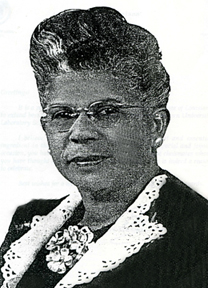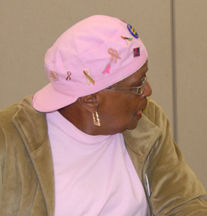

Teacher Development and Teacher Training “The teachers made a point of drawing the best from the students— |
||||||||||||||||||||
 |
||||||||||||||||||||
The Secondary School Study was establishing new roles for educational administrators and leaders. Democratic ideals served to define the experimental efforts of schools. The principal provided direction and instilled confidence while also fostering flexibility and extending authority among the staff. Articulating and achieving such a balance of strong leadership with diffused authority proved difficult but was clearly a goal for the Demonstration School staff as teachers accepted administrative tasks and administrators continued to conceive of themselves as teachers. In fact, Southern University President F. G. Clark describes the experiment in democratic administration when Principal Gray left the school in 1942. “Shortly before Mr. Gray left us, the Demonstration School faculty came to this office and presented to me a number of matters to which my attention should be directed. . . . I said to them, ‘you are going to have an opportunity to really show how interested you are in meeting these issues for we are not having a principal for the remainder of the year. We are going to let the faculty of the Demonstration School operate the school.’ |
||||||||||||||||||||
|
||||||||||||||||||||
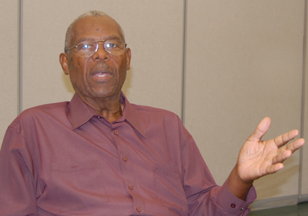 John B. Cade |
“Miss Boley was straight and strict; there were rules and when she walked in, we hushed. She had the full backing of the parents, and we had to walk the line!” |
|||||||||||||||||||
|
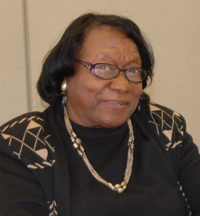 Sedonia C. Johnson |
|||||||||||||||||||
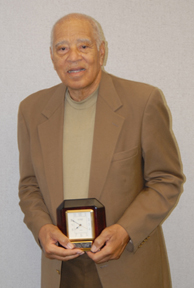 Huel D. Perkins |
|
|||||||||||||||||||
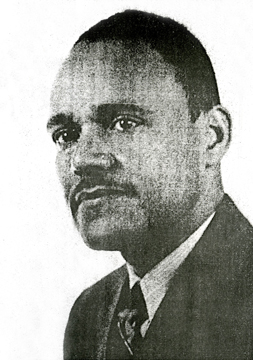 H. D. Lawless “Dr. Lawless and Miss Banks were teachers who we could turn to; she was always looking out for us and she was always pushing us to learn more.” Sedonia C. Johnson |
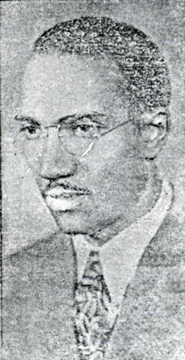 William H. Gray “Mr. Gray was a hands-on, caring teacher who was also energetic and full of ideas. Students could knock on his door and talk to him about anything. He fostered a warm atmosphere throughout the school at all times and a caring conducive atmosphere for learning.” Gloria Murray Handy |
|||||||||||||||||||
“Mrs. Banks asked us to truly read and engage with knowledge. Anyone could be asked to summarize a book, but she had us think about what we read and make presentations to the class—regularly. I was so moved and impressed by her that I decided to go into English education.” Lee Ethel Gray Patty |
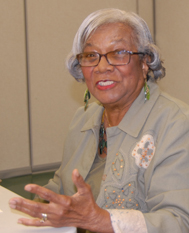 Lee Ethel Gray Patty |
|||||||||||||||||||
“Mrs. Banks demanded much but we were never afraid of her. I will never forget the way she expected us to fold our pages and submit our work. Detail was important and I have remembered that throughout my life.” |
||||||||||||||||||||
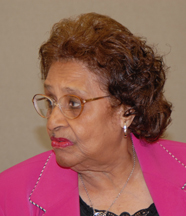 Gloria Murray Handy |
||||||||||||||||||||
|
“The professors at Southern and the teachers at Southern High were quite innovative. They came up with the rural school teaching training concept where they placed selected students from grades 1-7 together in a laboratory setting and used this one room classroom as a site for helping education majors to get an opportunity to have hands-on experiences. Miss Manning was the principal, and the participants would teach all of the grades during their training. It was modeled after the one room Rosenwald Schools throughout the state.” |
|||||||||||||||||||

an institutional member of the International Coalition of Sites of Conscience
Museumofed@gmail.com

